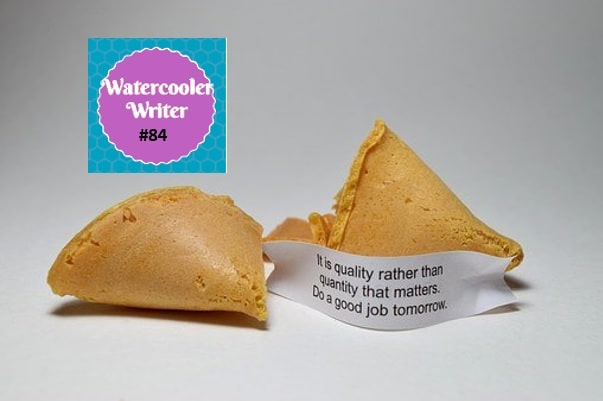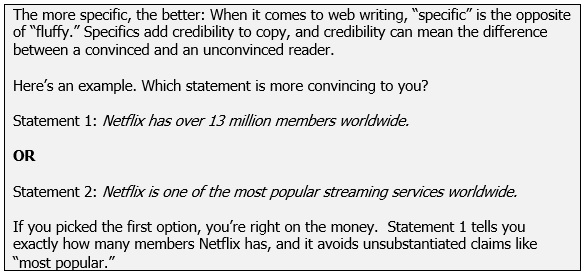“Can you edit this?”
It’s arguably one of the vaguest requests heard in the world of editing and publishing.
That’s because there are multiple types of editing, and they often mean something very different to each party in the editing relationship – the writer and the editor.
A basic Internet search of “types of editing” can send you into a flurry of terminology controversies and confusion.
As an example, the Grammarly blog breaks apart developmental and substantive editing into separate definitions, while the Institute of Professional Editors uses another term for developmental editing (structural editing), and lumps substantive editing into that category.
The list goes on and on.
The growing popularity of self-publishing, has only served to contribute to the confusion.
Whether you’re an author seeking to self-publish a book or a corporate communicator finalizing a marketing brochure, determining what level of editing your project needs and effectively communicating expectations to your editor is key to a satisfactory process and end result, says Wintress Odom, owner and editor-in-chief at The Writers for Hire.
“I cannot tell you how many times we get a piece of copy and are asked to, ‘Just proofread it,’ or, ‘Please edit this,’” Odom says. “Most of the time, our clients have a very specific idea of what this means to them, but a lot of people don’t realize that those terms are used vastly differently by different people, so you really have to clarify, or you could get something back from an editor that was not what you expected at all.”
So how do you, as a writer, navigate the editing portion of the process to achieve your desired result?
Let’s explore the types of editing, consider overlapping terminology, and look at some ways to ensure you get what you want out of your editor.
Editing and Proofreading Are Very Different
First, let’s clear up some editing basics.
Editing is a process that shapes and modifies your manuscript or piece of copy to prepare it for publishing.

This can mean many different things, as we will go into below, but it typically involves fundamental changes to aspects such as flow, grammar and consistency.
This can mean many different things, as we will go into below, but it typically involves fundamental changes to aspects such as flow, grammar and consistency.
Proofreading, on the other hand, is a final step to review your copy as it will be printed, with the intent of catching any mistakes that may have been made during editing.
While proofreading is considered part of the overall editing process, having your piece proofread is not the same as having it edited.
Levels in the Editing Process
Most editing authorities use somewhere between three and five levels of editing, including proofreading as a final step in the process.
Let’s review the main categories and some of the terminology you may encounter.
1. Developmental editing
Developmental editing (also often called structural and substantive editing) is the most intense level of editing and could involve vigorous rewriting, so you may also see terms such as heavy editing or content editing used. This is a bigger-picture overhaul of your manuscript for style, structure and flow.
For nonfiction, you need developmental editing if your material is lacking logical flow. In fiction, you may need developmental editing if you need assistance improving plot and/or character development. Developmental editing will typically include reworking:
- Book organization and topic flow.
- Big-picture transitions.
- Overarching stylistic choices.
- Plotline and characterization (fiction).
2. Line editing
Line editing is sometimes lumped in with copy editing below, but it’s a more detailed, sentence-by-sentence edit.
Line editing isn’t focused on the big-picture aspects of the book as in developmental editing, but it may include sentence rewording to address areas such as:

- Flow or pacing issues.
- Removal of sections that may not fit.
- Improving sentence content, style and voice.
3. Copy editing
Copy editing is also a sentence-by-sentence edit, but more technical in nature, focusing on cleaning up your copy to prepare it for publishing. If you are happy with the organization and flow of your piece and think it is ready for technical polishing such as grammar and punctuation, this may be the right level of editing for you.
Not all editors agree on what copyediting entails, but common services might include fixing:
- Errors and inconsistencies in style (like the Oxford comma or hyphenation consistency)
- Errors in dates, URLs, page numbers or other pertinent details.
- Repeated facts.
- Internal contradictions within the piece.
4. Proofreading
If you speak to a writer, proofreading often includes fixing typos and grammatical errors, as well as all or several of the items listen in copy editing (above).
However for a publisher, proofreading is very different. Proofreading for publishers occurs only after final layout, and is intended to catch any errors made during the layout process, such as:
- Missing words or sentences.
- Odd line breaks or picture formatting.
- Missing pages or page numbers.
Determining Which Level You Need

As you can see, even within these four categories, there are many overlapping and interchangeably used terms within these levels, and your editor may break them down differently.
In his work with indie authors, Friedlander finds it useful to simplify by dividing editing into two areas of need – the information and the copy.
“If you think your book has problems with the way it flows, it isn’t quite complete and you’re not sure how it compares to other similar books … in the market, then consult with a developmental editor about what you need to shape your book,” he says. “If you’re already over that part, you know what should be in the book, you’ve written books before and you’re satisfied with the way the information flows, then talk to your editor about preparing the book for publication with a copy edit.”
Odom agrees that a consultation with your editor detailing your needs is the best approach.
The key is understanding the general terms out there, and clarifying what that means to your editor as it relates to your specific project.
To help guide your conversation, Odom recommends asking yourself these questions:
- What are my goals with the editing process?
- What are my biggest concerns?
- Am I happy with the book’s overall chapter organization?
- Does the logical flow need help (i.e. does it make sense)?
- Does the stylistic flow need help (i.e. is it clunky to read)?
- Am I comfortable with an editor rewriting large portions of my manuscript?
- Would I prefer that the editor stick to fixing egregious errors, leaving the manuscript essentially as-is?
- Do I want my editor to fix style inconsistences (such as writing out numbers or consistency in capitalization choices)?
- Does the editor need to fact check for me? If so, what types of facts (e.g. spellings of places, historical dates, specific magazine quotes)?
It is true that the editing process can be confusing.
With an understanding of the nuances and variants that go into editing, though, you can arm yourself with the necessary tools to make the relationship with your editor a successful one.
This will, in turn, result in a more successful outcome for your project.








![Reblog this post [with Zemanta]](https://www.thewritersforhire.com/wp-content/HLIC/54e6a3db43b098ecbf5db09e027cb1c1.png)